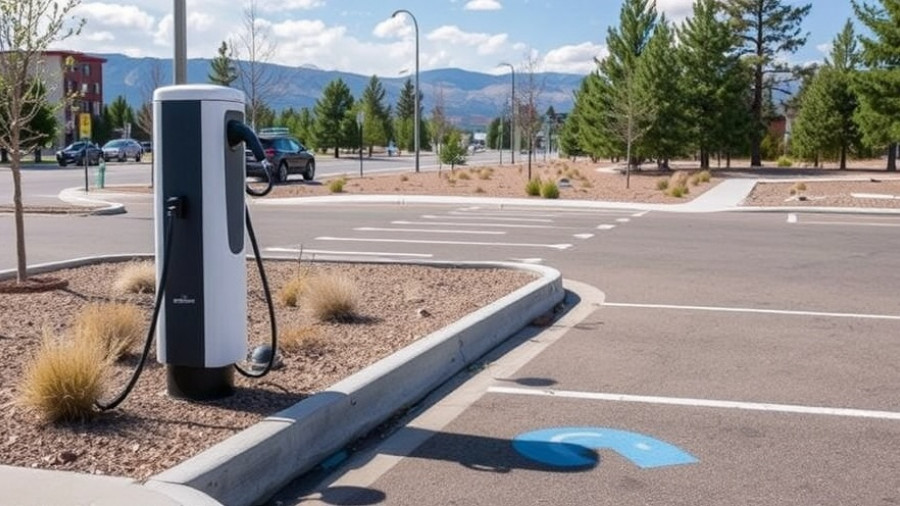
Colorado Takes Bold Steps to Expand EV Charging Infrastructure
In a decisive move towards a more sustainable future, Colorado has secured the final portion of a hefty $56.5 million in federal funding dedicated to enhancing its electric vehicle (EV) charging infrastructure. The recent approval of an additional $12 million is poised to support the installation of approximately 100 new fast EV charging ports across the state, emphasizing Colorado's commitment to becoming a leader in electric vehicle adoption.
Governor Jared Polis highlighted the state's focus not only on expanding access but also on tackling environmental issues. As the state’s transportation sector serves as a leading source of pollution, the adoption of EVs is seen as crucial in meeting climate goals. With over 200,000 registered EVs, Colorado now ranks first in the nation for electric vehicle adoption, with EVs representing one in four new light-duty vehicle sales.
A Comprehensive Network for Every Coloradan
Among the notable achievements is the fact that more than 80% of Colorado's highway system now lies within a mere 30 miles of a fast-charging station. This accessibility complements the high number of EV sales in the state, showcasing a rapidly growing network that includes over 5,000 Level 2 charging ports and more than 1,400 fast-charging ports. The strategic placement of these stations supports not only daily commuters but also tourists exploring Colorado's majestic scenery—EV charging points are readily available along 19 of the state’s 26 scenic byways.
Collaboration for a Greener Future
The funding received is part of the National Electric Vehicle Infrastructure (NEVI) grant program that has already facilitated hundreds of charging stations along Colorado’s major highways. Through collaborative efforts between state agencies and local businesses, the state's infrastructure aims to appeal to both urban and rural communities, ensuring that traveling in an EV across Colorado becomes a seamless experience.
Benefits of EV Adoption: More Than Just Convenience
The expansion of the EV charging network presents far-reaching benefits beyond just accessibility. EVs offer economic advantages, such as lower operational costs for drivers, and contribute significantly to improving air quality in the state. Governor Polis emphasized that electric vehicles are not only “fun” but crucial for the health of Colorado’s environment. As more drivers make the switch to EVs, the demand for gasoline stations is expected to decline, shifting the automotive landscape.
Looking Ahead: Future of Transportation in Colorado
With ambitious plans to ensure fast-charging options are available throughout the entire state, Colorado is well on its way to a cleaner, greener future. The ongoing investments in public charging infrastructure are accompanied by efforts to provide significant incentives for potential EV buyers, making electric vehicles more affordable and accessible to all Coloradans.
In the larger context of the nation's shift towards electric vehicles, Colorado exemplifies how states can lead the charge in sustainable transportation initiatives. As we look to the future, it's clear that the collaboration between local governance and federal support is key to realizing a robust EV infrastructure capable of supporting both residents and the ever-growing number of visitors drawn to the natural beauty of Colorado.
 Add Row
Add Row  Add
Add 




Write A Comment